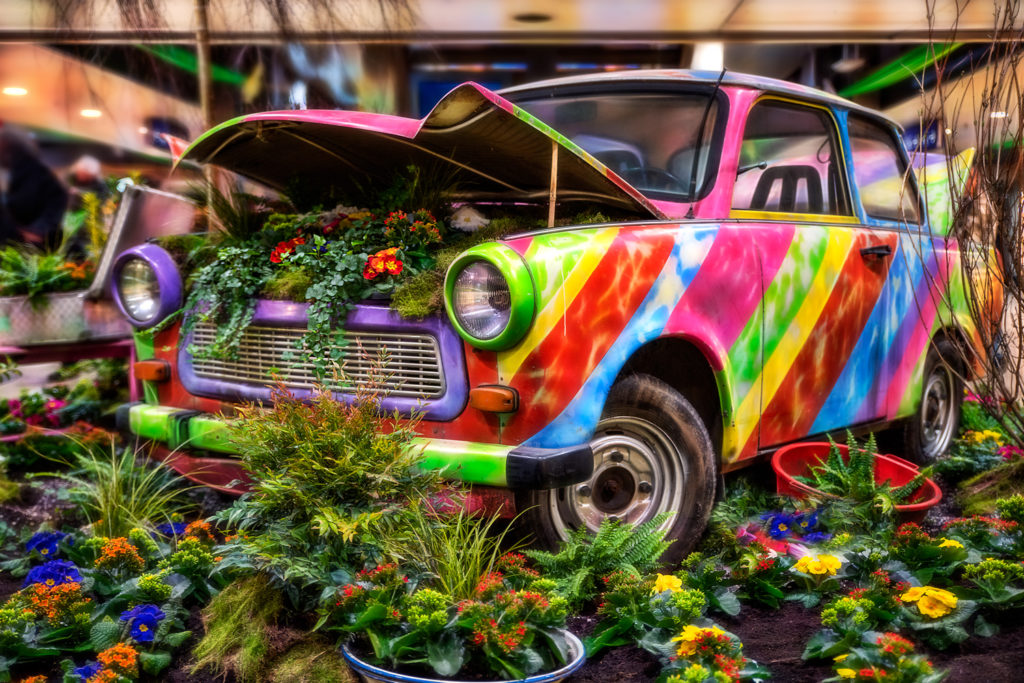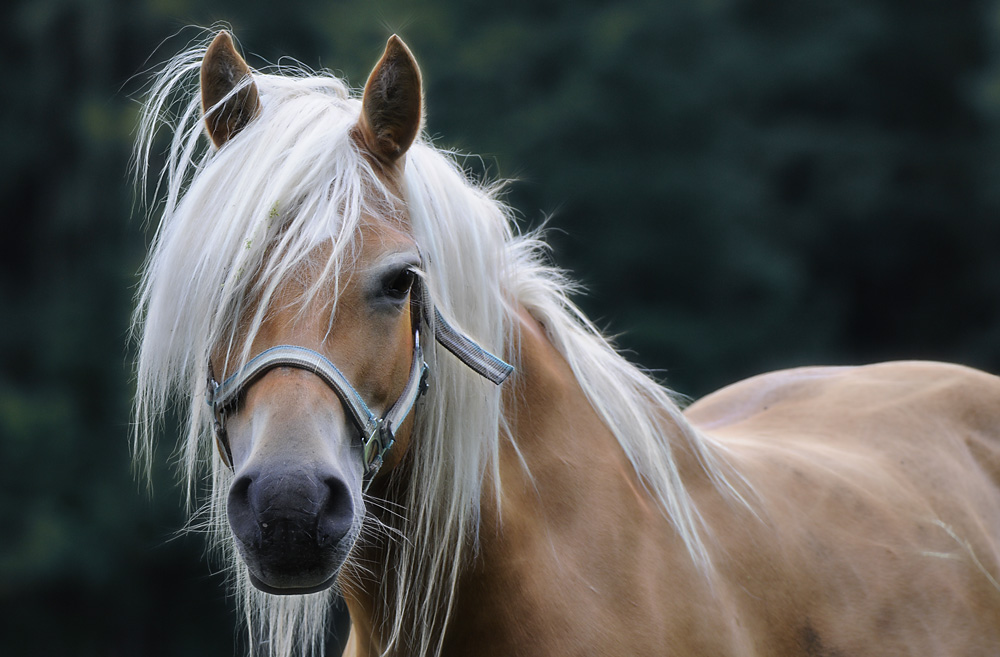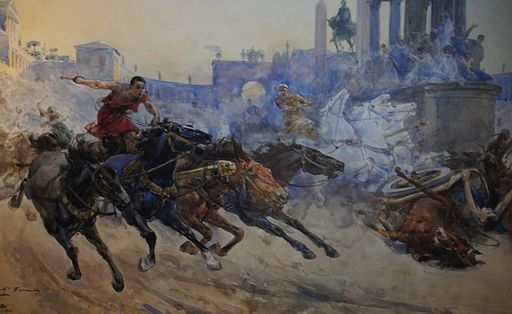Archiv der Kategorie: History
Wrestling with time (with the help of horses)
For the nations that made use of the horse as a fast means of transportation, time and space took on a new meaning. Speed determined the time that one needed to traverse a certain distance, and distances themselves were calculated differently than in the past. Things that used to seem far away were now closer, and what was once a day's march became the ride of a few hours. The predatory Huns had the advantage of speed on their side. Their sudden coming and going left their opponents no time to defend themselves. A new way of reckoning time was established. Plans and strategies followed a new beat – the tempo of the horse. These might have been the years when riders realized that, minute for minute, one could achieve more on horseback than on foot - the siren call of efficiency!
WeiterlesenBreaking out of slow motion
Once upon a time our ancestors climbed down out of the trees and ventured into the dry savanna. They might have a good view of the area standing on two legs, but they were at a hopeless disadvantage when it came to speed, agility and power. The biped's bare hands were no match for giant fangs and razor-sharp claws, or for the superior strength and the killer instinct of the natives. And yet it was possible to find ways to overcome slowness and lack of power.
WeiterlesenHeroes of the hippodrome
The fleet battle chariot was also available as a sports model. It had room enough only for the driver, was light, maneuverable, and had small wheels that substantially lowered the center of gravity. This vehicle hugged the road, a special advantage when negotiating curves.
The first wagon races in history were probably held in the 13th century B.C. at Mycenaean funeral ceremonies. They served to honor the deceased, who had been prominent men in their lifetimes. From 680 B.C. on wagon races were also included in the program of the Olympic Games and enjoyed universal popularity. Because the victory was won by the owner of the team rather than by the driver, it was possible for women to win Olympic medals in ancient Greece, even though they were forbidden to participate themselves. In this way Spartan princess Kynisca had the distinction of being the first Greek woman to enter the annals of the Olympic Games.
WeiterlesenGods in Chariots
The immense significance of the wagon for early cultures can be seen most clearly in their notion of how the gods got around. Quite often it was in a chariot.
The Greek sun god Helios rode across the heavens each day from east to west in a golden wagon drawn by four fire breathing winged horses. Victoria, the Roman goddess of victory, coursed the sky sometimes in a quadriga, on other occasions in a two-horse biga. The Roman goddess of the moon, Luna, also cruised the heavens with two horsepower. And Zeus, mightiest of the Greek gods, and his Roman counterpart Jupiter could be seen from time to time in a wagon drawn by a team of four horses. Hephaestus, the Greek god of fire, divine smith and cuckolded husband of Aphrodite, the goddess of love and beauty, was lame from birth on. He constructed three-wheeled vehicles that were self-propelling and obeyed only the will of the gods. The chariot of the sun god Helios was also made in his divine workshop. Hephaestus himself is depicted on a winged chariot without draft animals.
By the way, Helios had a son named Phaethon. He persuaded his father to lend him his magnificent car for a ride. The journey of Phaethon ended in an earthly catastrophe when he lost control over the four-in-hand and ran off his father’s usual path between heaven and earth. The result of this trip was a huge conflagration that even destroyed entire towns. Finally, Zeus put an end to the disaster and stopped Phaeton’s ride with a lightning. The chariot was destroyed, and Phaethon was found dead in a river.
The Old Testament also tells how God appeared to the prophet Ezekiel on such a chariot without draft animals, accompanied by winged angels with human faces. «The gods of all religions have always been auto-motive,» says historian Jörg Jochen Berns. «They don't ride and drive like humans, they don't enter and leave like humans, they simply appear. And this kind of divine epiphany is the purest form of automobility.»
Berns, J.J. (1996). Die Herkunft des Automobils aus Himmelstrionfo und Höllen-maschine. Berlin: Klaus Wagenbach Verlag.




